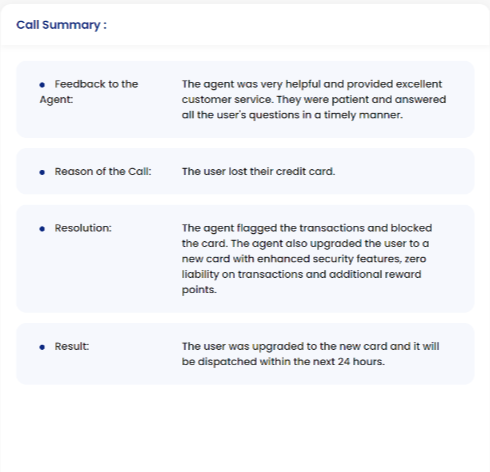At this point, even those living under rocks have heard of ChatGPT. Generative AI is starting to trickle into every sphere of people’s lives, be it at home or at work. At work, it has made life easier for content creators, developers, business owners, etc. The popularity of generative AI has presented business owners with the unique opportunity to run their businesses more efficiently. This efficiency is because of automation using LLMs.
Automation Using LLMs
For businesses using conversational AI, the advantages of automation using LLMs has become apparent over time. Read on for more information.
1. Automatic intent generation through LLMs
In the process of bot development, developers traditionally had to painstakingly compile a list of intents for bot training. However, the transformative factor in this process has been the emergence of LLMs (Large Language Models). and description to an LLM, which then autonomously generates intent training examples, complete with the entities to be tagged for each example.
The advantages of using LLMs to generate intent training examples are as follows:
a. Efficient time management: The manual creation of intent training examples used to consume a substantial portion of the bot development process’s timeline. However, by automating this task with LLMs, a significant amount of time is now saved for bot developers, resulting in a streamlined bot building process.
b. Fosters diversity in training examples: The task of generating intent training examples for bots can often lead to creative fatigue among bot developers and conversation designers. However, LLMs offer a solution by producing a rich and diverse set of training examples for effective bot training.
c. Enables multilingual intent examples: Traditionally, deploying a bot in multiple languages required the recruitment of conversation designers fluent in each language to craft intent examples. However, with the introduction of LLMs, the generation of intent examples in multiple languages becomes seamless. This efficiency leads to cost savings for businesses.
2. LLM-led automatic response generation
Beyond just defining intents, bot developers and conversation designers must collaborate to craft appropriate bot responses—a task required for every bot in development. This collaboration can sometimes lead to creative fatigue, resulting in repetitive responses. However, the integration of LLMs offers a solution. and customer interaction channel, allowing LLMs to automatically generate a diverse range of personalized responses. This not only enhances the customer experience but also fosters brand loyalty.
3. LLM-automated flow generation
Prior to the advent of LLMs, bot developers were faced with the arduous task of manually adding each individual node to a flow, a time-consuming endeavor. However, with the introduction of LLMs, developers can streamline the process by simply furnishing the flow’s name and description. The LLMs then take charge of the entire process, automatically generating all the nodes within the flow.
The advantages of using LLMs to generate flows are as follows:
a. Minimizes the potential for human error: The manual process of adding nodes to a flow can be tedious, leading to a loss of focus and potential errors among bot developers. However, when LLMs take charge of node generation within a flow, it eliminates the possibility of such errors creeping into the process.
b. Time-efficient solution: The manual task of adding nodes to a flow consumes a substantial portion of the bot-building process’s time. By automating this process through LLMs, bot developers can save valuable time.
4. Automation of after-call work using LLMs
Following customer interactions, human agents traditionally handle call conclusion, note-taking, and summary writing. In the past, achieving automation in these processes necessitated the use of multiple models. However, today, a single LLM call suffices to capture and record all relevant metrics. These metrics are subsequently conveyed to contact center managers through a user-friendly dashboard, facilitating easy comprehension and decision-making.

The advantages of using LLMs to automate after-call work are as follows:
a. Optimize agent performance: Implementing automation for post-call tasks conserves valuable work hours that would otherwise be spent on documenting call notes and summaries. This strategic optimization empowers agents to dedicate their saved time to addressing more intricate and challenging issues, thus enhancing overall performance.
b. Enhance customer experience: By allocating additional time for engagement, agents have the opportunity to deliver personalized one-on-one attention to clients. This, in turn, elevates the quality of interactions and contributes positively to the overall customer experience.
Automation using LLMs take away monotonous tasks from humans so their time can be used to enrich those aspects of a business which require a human touch.
Check out Gnani.ai’s automation services. Click here!


